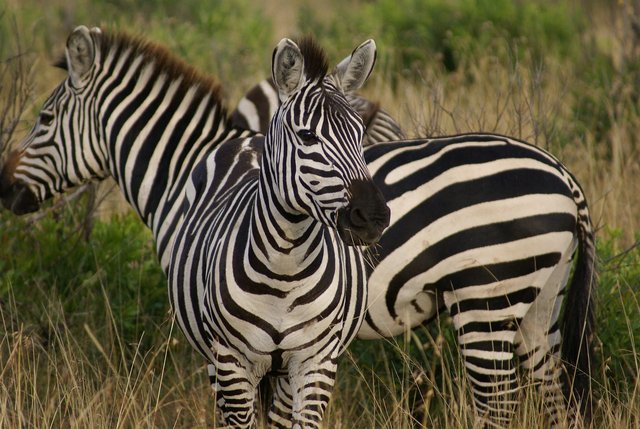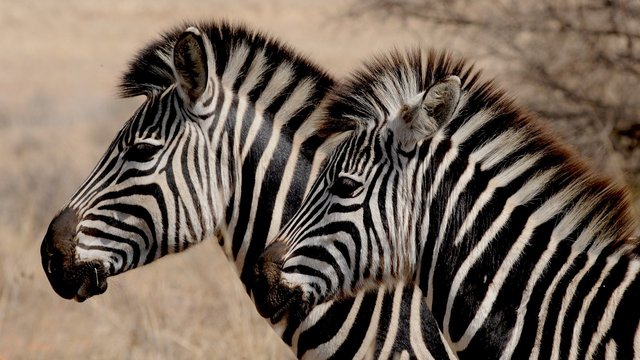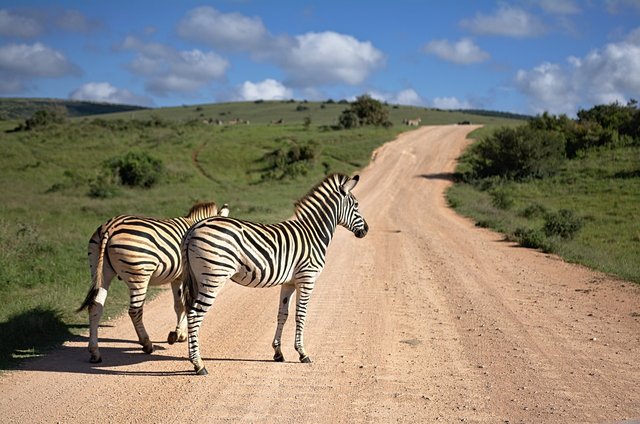Getting to know Zebras

Zebras are one of the most easily recognized wild animals in Africa. They belong to the Equidae family, which is the same as horses and donkeys. Zebras are known for their striking black and white stripes across their bodies, making them very easy to spot on the African savannah.
Morphology and Anatomy
Zebras have slim bodies with long legs designed for running fast on grasslands. They have small heads with long ears, allowing them to hear sounds from far away, important for detecting danger. Their teeth are adapted for chewing coarse grass, the zebra's main food.
Habitat and Behavior
Zebras are usually found in the grasslands and savannas of East and Southern Africa. They live in large flocks to increase safety, where each individual can help protect the others from predators. Zebras are known for their distinctive screaming behavior, using loud sounds to communicate with each other in the herd.

Dieting
Zebras are herbivores that eat grass and other plants found in their habitat. They use most of the day to search for food, because they need sufficient food intake to maintain the energy needed to avoid predators and maintain their body's health.
Adaptation and Protection
One of the main adaptations of zebras is their black and white striped coloring. This pattern, although striking to humans, actually provides natural protection in their habitat. When in a herd, these stripes can confuse predators and make it difficult to determine the number or direction of zebra movement.
Reproduction and Social Affairs
Female zebras usually give birth to one calf in their lifetime after a gestation period that lasts about one year. Zebra calves, or foals, can stand and walk immediately after birth and remain close to their mother for protection and nurturing.

Threats and Conservation
Although their population remains widespread, zebras face threats from illegal hunting and loss of their natural habitat due to human population growth and agricultural activities. Conservation organizations work to protect zebras and their habitats, and raise awareness about the importance of preserving Africa's wildlife.
Role in the Ecosystem
As the primary herbivore in the grasslands, zebras play an important role in the ecosystem. They help regulate vegetation growth by eating grass and plants, as well as providing a food source for higher predators such as lions and hyenas.
Conclusion
Zebras are fascinating animals with unique adaptations and an important role in the African ecosystem. Their black-and-white striped coloring, social behavior in herds, and ability to run fast make them one of the iconic symbols of the African savannah. Natural habitat protection and conservation efforts continue to be necessary to ensure the survival of zebras in the wild.
Regards @alongsaja
Upvoted. Thank You for sending some of your rewards to @null. It will make Steem stronger.